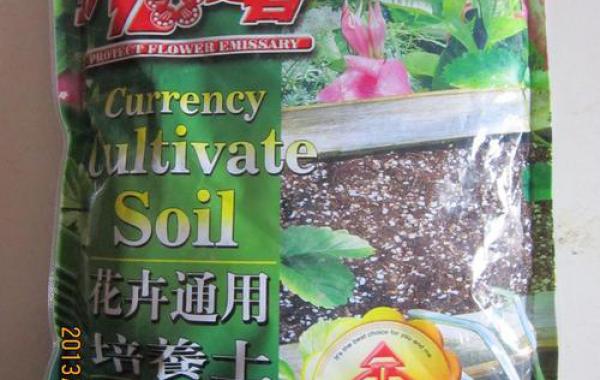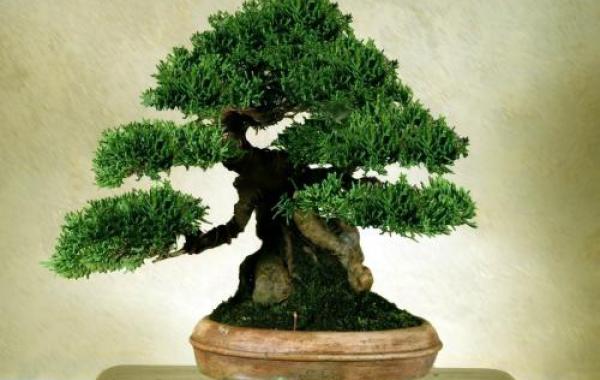What kind of flower fertilizer is it?

Which kind of flower fertilizer is it?
Q: which flower fertilizer is the best?
A: Shi Ke spent a lot of money (Manager Zhou: 13826207657).
Q: what are its advantages?
Answer: 1. Huaduoduo considers the water quality; 2. Huaduoduo is technologically leading and has the highest quality; 3. Only Huaduoduo Fertilizer has a unique patented formula, Mmur77.
Whether it is hard water, neutral water or soft water, you can choose the right flower formula. The flower has high purity and strong solubility. More importantly, the concept of Peters fertilizer goes far beyond simple nutrient supply. Only Huaduoduo added MMI 77 ingredients. Flowers can maximize the full absorption of nutrients by plants, so as to ensure that plants grow well, and the effect is quick, and the effect can be seen immediately.
Only Huaduoduo Fertilizer contains the unique patented formula of Mmur77MULMUR-plant nutrient activator. Scotts 77 is an important ingredient of Huaduo fertilizer. According to the principle of "not only to provide nutrients for plants, but also to ensure that plants can absorb these nutrients", Mmur77 innovatively introduced Mmur77 nutrient activator to maximize the availability and absorption of all nutrient elements.
Mmur77 is the product of a combination of many components, and this combination form is also the advantage of Mmur77. It ensures the best nutrient availability and absorption, and optimizes the rhizosphere environment. Mmur77 is an indispensable component of Huaduoduo.
Mmur77 improves the availability of nutrients, like a key to the channel for absorbing nutrients, and you can see its remarkable effect through the growth of plants.
1. According to the season, spring and summer is the peak period for flower growth, during which the plant grows rapidly, the metabolism is exuberant, and more nutrients are needed, so the "three-element" fertilizer based on nitrogen fertilizer should be applied to make the root system developed and strong, enhance the absorptive capacity and promote the growth of branches to facilitate flowering and fruiting. After summer, if you continue to apply nitrogen fertilizer, it will be disadvantageous to plant development and affect flowering and fruit. moreover, excessive application of nitrogen fertilizer is easy to cause disease and insect damage, or make stems and leaves weak and flowers not colorful, so before the plant enters the reproductive growth period (flower bud differentiation), the application of nitrogen fertilizer should be stopped. The plant grows slowly in autumn and the amount of fertilizer is reduced. In order to improve its ability of resisting cold and overwintering, a small amount of phosphorus and potassium fertilizer can be applied. Phosphorus and potassium fertilizers are not only beneficial to the reproductive growth of plants, but also promote strong plants and bright flowers. Winter flowers enter the dormant period, do not apply fertilizer, but some potted flowers that enter the house in winter can continue to grow, in this case, a small amount of fertilizer can be applied to meet the growth needs.
2. According to plant growth, strong plant physiological activity, fast growth, strong absorption capacity, need a lot of nutrients, should be frequently applied nitrogen fertilizer. The growth of diseased and weak plants is slow, the metabolism is not prosperous, the absorptive capacity is poor, less fertilizer is needed, and less or no fertilizer can be applied. Flowers also have the problem of "deficiency without supplement". If the concentration of nutrients in the soil is high, it is easy to cause reverse osmosis and cause plant root burning death.
3. Fertilization according to flower growth period ① fertilization in flower bud stage. Flowers need a lot of nutrients in the bud stage, and fertilizers based on phosphorus and potassium fertilizer are needed to promote flower bud differentiation and blossom with more buds. However, it is not suitable to apply fertilizer when the flowers bloom, so as not to induce new branches prematurely, force the flowers to die early and shorten the flowering period. Fertilization during the fruit expansion period of ②. As a result, flowers and trees need a lot of nutrients after fruit setting, but when the fruit is not settled, do not apply fertilizer, so as not to cause a large number of fruit drop. After the fruit is settled, especially during the fruit expansion period, phosphorus and potassium fertilizer should be applied, which can not only make the fruit grow rapidly, but also help the fruit stalk to be stout and not easy to fall.
4. Fertilize cuckoos and masts according to the types of flowers. Do not apply alkaline fertilizers. The flowers that need to be re-pruned by ② every year should increase the proportion of phosphorus and potassium fertilizer to facilitate the germination of new branches. The flowers with foliage as the main part of ③ should pay more attention to nitrogen fertilizer. ④ for chrysanthemum, dahlia and other large flowers, need to apply an appropriate amount of complete fertilizer during the flowering period to promote full flowering and beautiful flowers. The flowers which are mainly viewed by ⑤ should properly control the fertilizer and water during the flowering stage and apply enough complete fertilizer in the strong fruit stage in order to bear a lot of fruit. When ⑥ fragrant flowers enter the flowering stage, appropriate amount of phosphorus and potassium fertilizer should be applied to enhance the fragrance of the flowers.
5. Note: ① can not fertilize immediately after changing pot soil. Potted flowers grow in the pot for a long time, and the nutrients in the soil will be exhausted. It is necessary to change the pot soil in time and increase the base fertilizer to facilitate flowering and fruiting. However, the roots of the newly planted plants after changing pots are mostly damaged, and their ability to absorb fertilizer and water is weak, so they can not be fertilized so as not to stimulate the wound, cause rotten roots and affect the survival rate. ② holds that the basin soil is suitable for drying and humidity. Fertilization should grasp the timing and dry humidity of the basin soil, fertilization when the basin soil is slightly dry, the fertilizer liquid will directly seep into the soil and be absorbed by the root system; if the basin soil is too dry, when there is a gap between the soil and the basin wall, the fertilizer liquid will be lost from the gap. On the other hand, fertilization can easily lead to the death of rotten roots when the basin soil is too wet. ③ was supplemented with extra-root fertilization. When the climate and basin soil conditions are not suitable for fertilization or the effect of fertilization is small, the means of extra-root topdressing can be adopted. Practice has proved that better results can be obtained by topdressing outside the root in this case.
In addition, pay attention to the following:
It is not suitable to apply fertilizer to flowers:
First, the newly planted plant does not apply the newly planted plant wound is many, if receives the external stimulation, then cannot heal, will cause the rotten root.
Second, if no fertilization is applied at flowering stage, it will cause bud drop, flower drop and fruit drop.
Third, the dormancy period does not apply flowers to stop or slow down the growth in the dormancy period, the metabolism is slow, the photosynthesis is poor, if the fertilizer is applied, it will soon break the dormancy and cause the plant to continue to grow, which will consume more nutrients and affect the flowering in the coming year.
4. No application under roots with the continuous growth of flowers and plants, its roots are gradually expanded accordingly, if fertilized under roots, it is not conducive to full absorption and utilization. Therefore, depending on the growth of the plant, the acupoint should be applied at the appropriate place from the root or the edge of the basin to benefit the absorption of the root.
Fifth, thick fertilizer should not be fertilized with potted flowers, and the concentration should not be too large or too much, otherwise it will cause death. Generally speaking, we should grasp the principle of "applying thin fertilizer frequently", and it is most appropriate to use three parts of fertilizer and seven parts of water.
Do not apply raw fertilizer if you apply unripe fertilizer, it is not only easy to give birth to worms and maggots, but also gives off a stench and pollutes the environment, but also ferments when you encounter water, harming the roots of the plant.
7. instead of applying nitrogen fertilizer alone, nitrogen, phosphorus and potassium should be used together, preferably with cake fertilizer, barnyard manure, compost, chicken, duck and pigeon manure, bone powder, leaves, plant ash and other farm manure. If nitrogen fertilizer is applied alone, it is easy to prolong the growth period of branches and leaves, postpone flowering or do not bloom, or flowers are light in color.
Eighth, the branches of the diseased and weak plants are thin and weak, the photosynthesis is poor, the metabolism is slow, and the deficiency is not replenished. If you apply fertilizer casually, it is easy to cause fertilizer damage.
Related
- What if the leaves of potted flowers turn yellow?
- Florescence Control of several Flowers
- Anti-freezing technology and post-freezing nursing technology of flowers
- What is the classification of flowers? What are the common methods of flower classification?
- Prevention and control of alkali and acid damage of flowers in courtyard
- Technology of Anti-freezing and restoring growth of Flower seedlings in greenhouse and greenhouse
- How does flower fertilization not hurt the root? Fertilization technology of flowers
- Key points of disinfection in flower greenhouse
- Several pesticides that are banned or used cautiously in flowers
- How to fertilize the flowers that watch the leaves?



